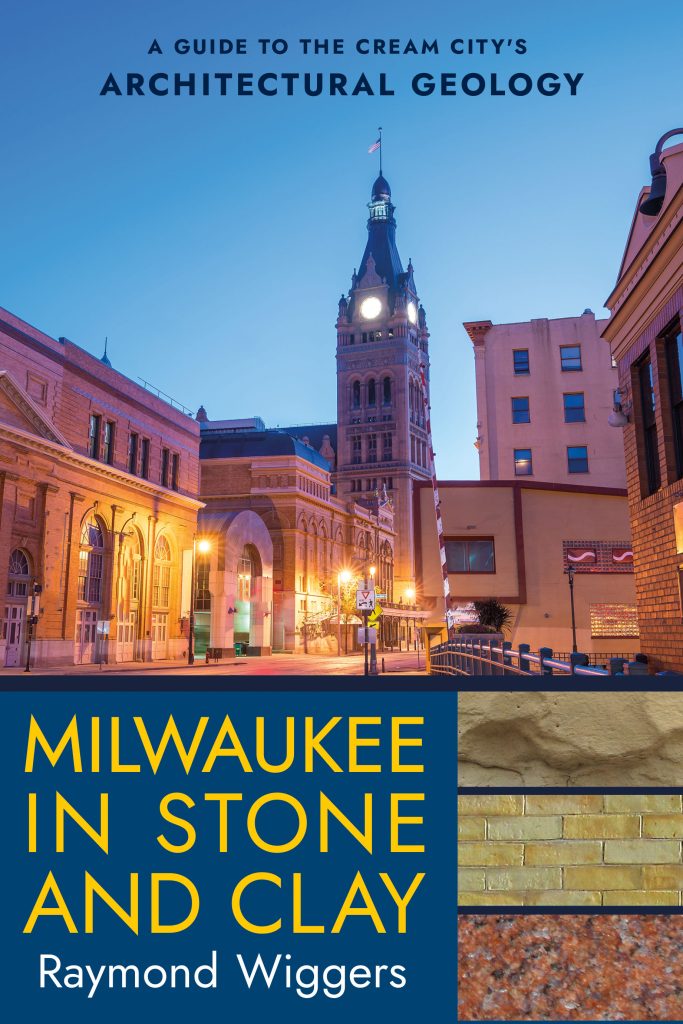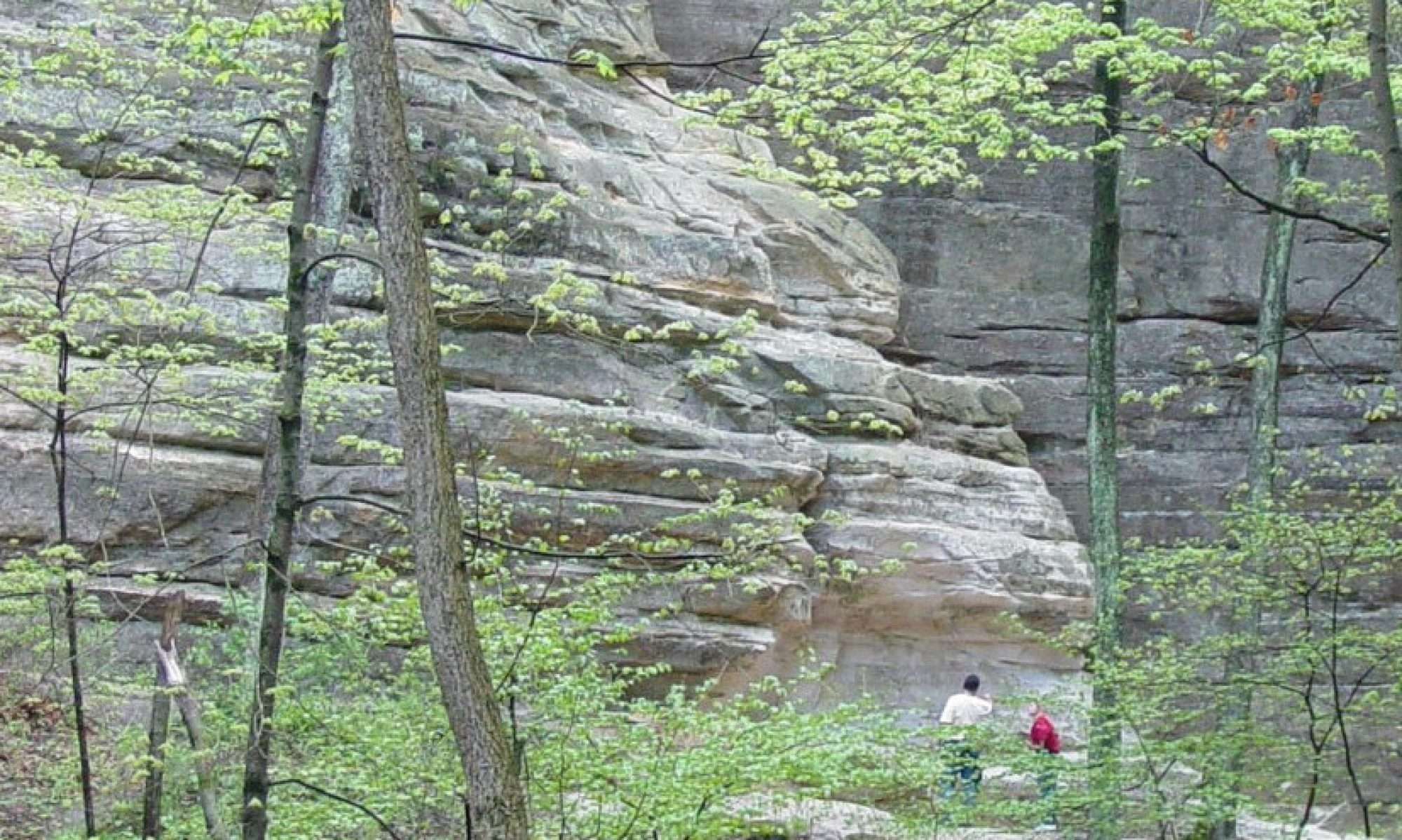
Yesterday a new episode of “What Milwaukee Is Made Of” aired on WUWM’s Lake Effect program. This series is based on my popular and recently published book, Milwaukee in Stone and Clay: A Guide to the Cream City’s Architectural Geology.
This time the focus was on the Amani neighborhood, and specifically the unusual triangular building of Beaux Arts design originally known as the Kilbourn State Bank. It served its community under that name until 1971.
What happened subsequently, however, was this structure’s greatest claim to fame. It became the first Black-owned bank in Milwaukee and indeed in all of Wisconsin. As such it was known as the North Milwaukee State Bank.
This modestly proportioned but fascinating edifice sports two geologically derived materials on its exterior. The light-gray to buff stone that makes up its base course, columns, and monumental entrance is the Salem Limestone, quarried in southern Indiana. It’s composed, believe it or not, of a multitude ancient marine-animal fossils glued together with the mineral calcite. The rest of the building is decked out in fancy facing brick, ocher in color with striking dark-red spotting.
I had a blast discussing this topic with series host Sam Woods. We covered both the bank’s human legacy and the amazing aspects of our planet’s geologic history that are revealed in its stone and brick. If you missed the show yesterday, fear not. You can still catch it as a free podcast. See the link below.
Speaking of legacies, we’re on our way to building up quite an audio inventory of sites and geologically derived building materials. Each structure, each stone, and each brick in the Cream City has its own story to tell, and we’re eager to present as many programs as we can on this architecturally distinguished town’s built environment. Please help us by enthusiastically supporting WUWM, Milwaukee Public Radio. And, while you’re at it, pick up a copy of Milwaukee in Stone and Clay!
To listen to the new Kilbourn State Bank segment—and to its four predecessors—pay a visit to the Milwaukee Public Radio webpage devoted to our series.

